All products featured are independently chosen by us. However, SoundGuys may receive a commission on orders placed through its retail links. See our ethics statement.
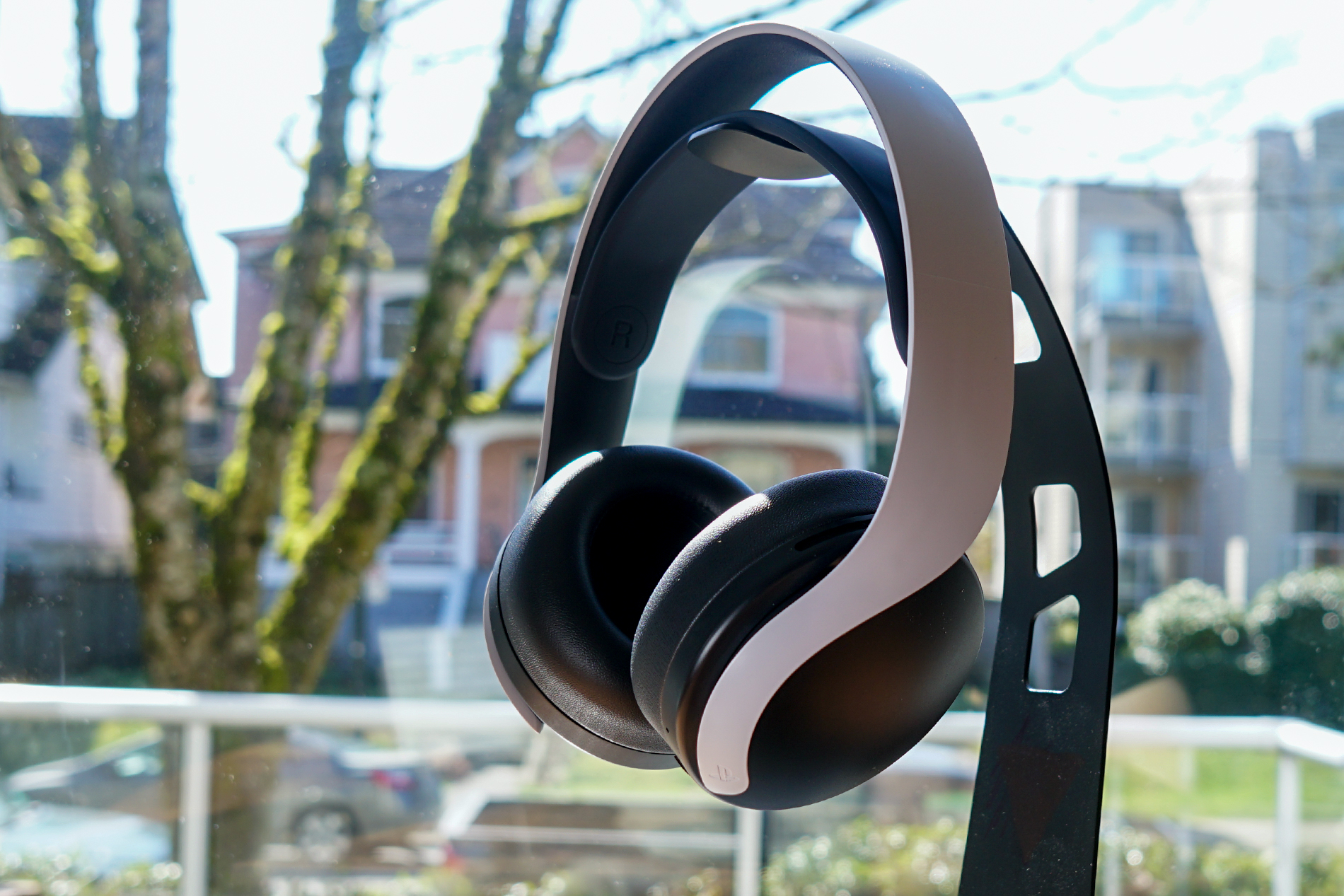
Sony Pulse 3D Wireless Headset
11/10/2020
$99.99 USD
18 x 22 x 8.5 cm
294g
3005688
Another generation of consoles means another generation of official accessories and peripherals, but it’s not just about the new controllers and cameras. The Sony PULSE 3D Wireless Headset is the company’s newest made-for-PlayStation gaming headset. With a boatload of onboard controls and a black and white aesthetic to match the PlayStation 5, this headset angles to be the premier wireless companion to your living room’s newest addition.
How does it stack up?
Editor’s note: This Sony PULSE 3D review was updated on May 8, 2023 to include changes to formatting.
Who is the Sony PULSE 3D Wireless Headset for?
PlayStation gamers who want something tailor-made for their new console might like something simple like the Pulse 3D Wireless Headset.
What is the Sony PULSE 3D Wireless Headset like?
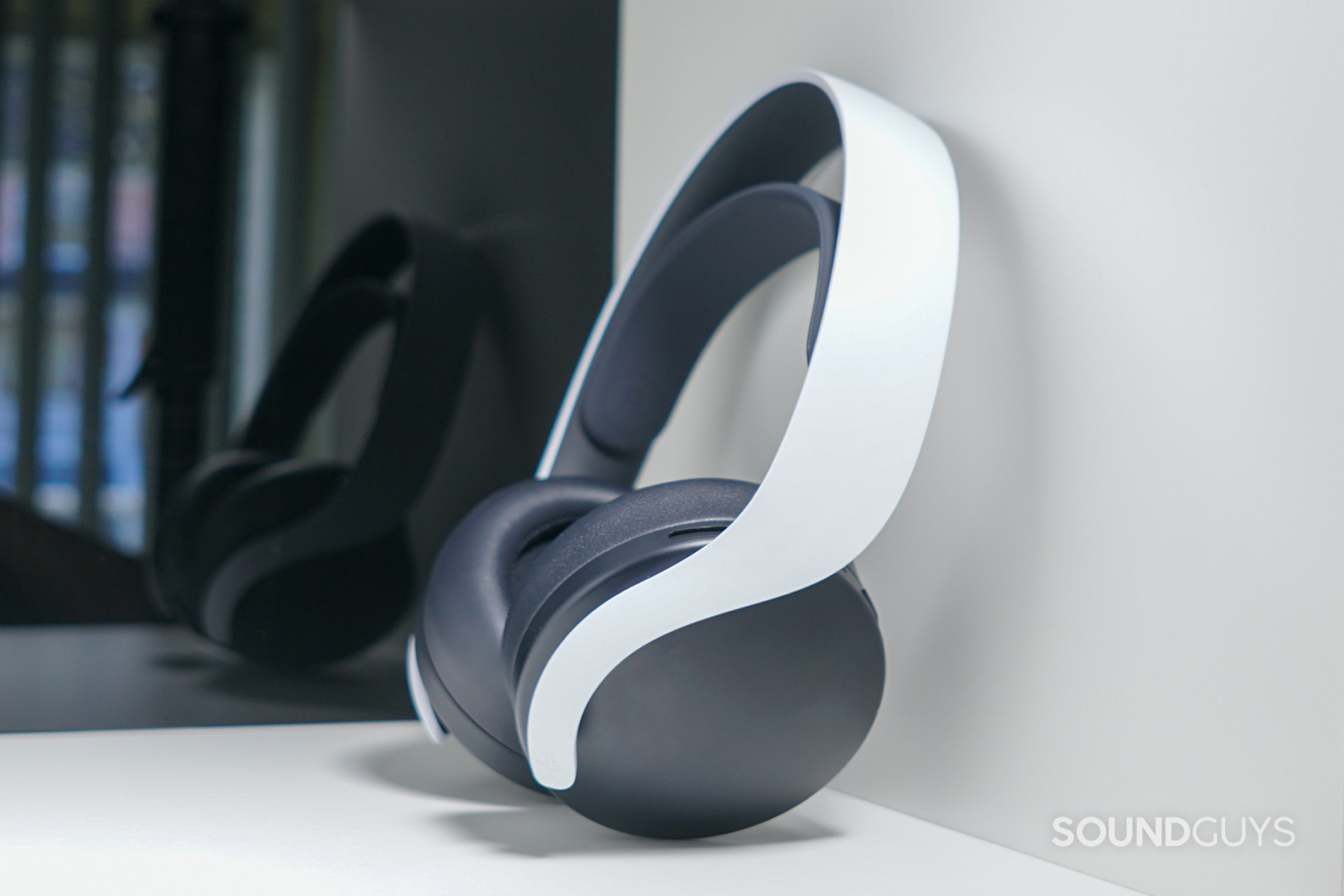
When we reviewed the PlayStation Gold Wireless Headset, we focused on aspects that made it clear the headset was designed to get out of your way. All those aspects are still present with the Sony PULSE 3D Wireless Headset, but they’re actually a little better this time.
This is a very lightweight wireless gaming headset. The frame is made entirely of rigid plastic, with a rubberized suspension band that hits a slightly looser tension than its predecessor’s conventional headband, but still feels secure.
The ear pads are covered in soft leatherette, but you might find them pretty uncomfortable if your ears are on the larger side. In fact, the whole headset isn’t all that accommodating to larger heads—the suspension band doesn’t allow for that much movement and there’s no way to change that. The headphone hinges only add a little tilting range, too. The PULSE 3D Wireless Headset is more comfortable than its predecessor, but if you don’t fit into a rather narrow size range it won’t feel like it.
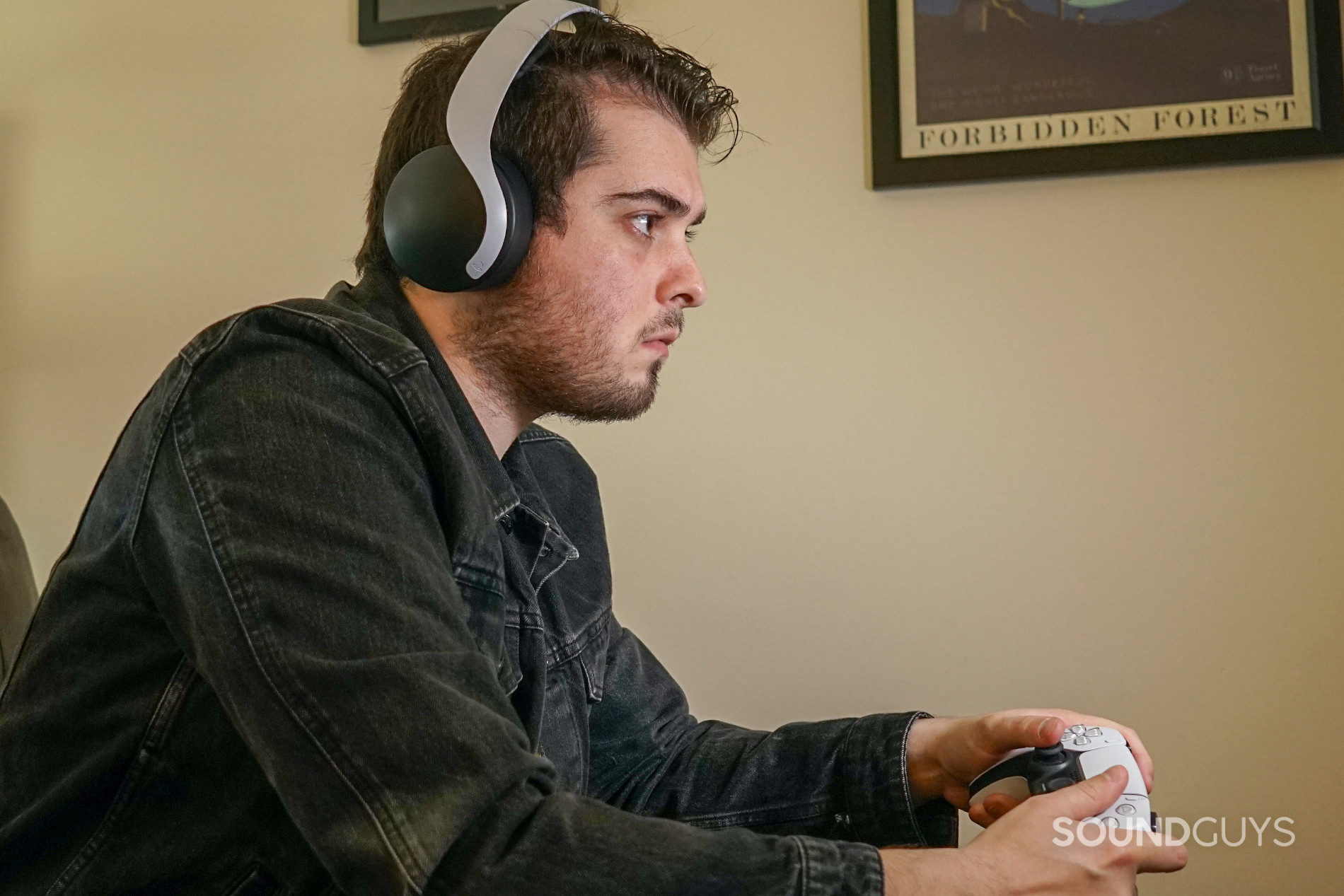
If your head does fall within that size range, you’re in for a rather pleasant experience. The headset doesn’t struggle to achieve a decent seal around the ear, and sports a lot of on-ear controls, so you won’t need to look through your PlayStation 5’s menus to make adjustments very often. On the left ear alone, the headset sports buttons and switches for controlling volume, game and chat balance, microphone monitoring and muting, and power. If that seems like a lot, well… it is. However, while it looks cluttered, each control feels different: buttons are well spaced out, so getting a feel for each control’s position is actually pretty easy.
Setting this headset up is straightforward, though it doesn’t work terribly well on every platform. On PlayStation 5 and PlayStation 4, just plug in the USB dongle and flip the headset’s power switch, and you’re ready to game—all the controls work from the get-go, though you may need to adjust the 3D audio settings on the PlayStation 5 (it’s very simple).
The Sony PULSE 3D Wireless Headset works best with PlayStation consoles, but you can get it to work on PC with some finagling.
On PC, the Sony PULSE 3D Wireless headset offers a less convenient experience, in a lot of similar ways to the PlayStation Gold Wireless—game/chat balance controls don’t work on the headset, but its volume rocker is the only way to adjust volume. Even if you mute your PC, you’ll still hear audio through this headset until you turn it down individually. This kind of compatibility isn’t a huge deal—the PS5 is definitely the main platform here—but it can be a little jarring to turn down the volume on your PC and hear no difference in your headphones.
How do you connect the Sony PULSE 3D Wireless Headset?
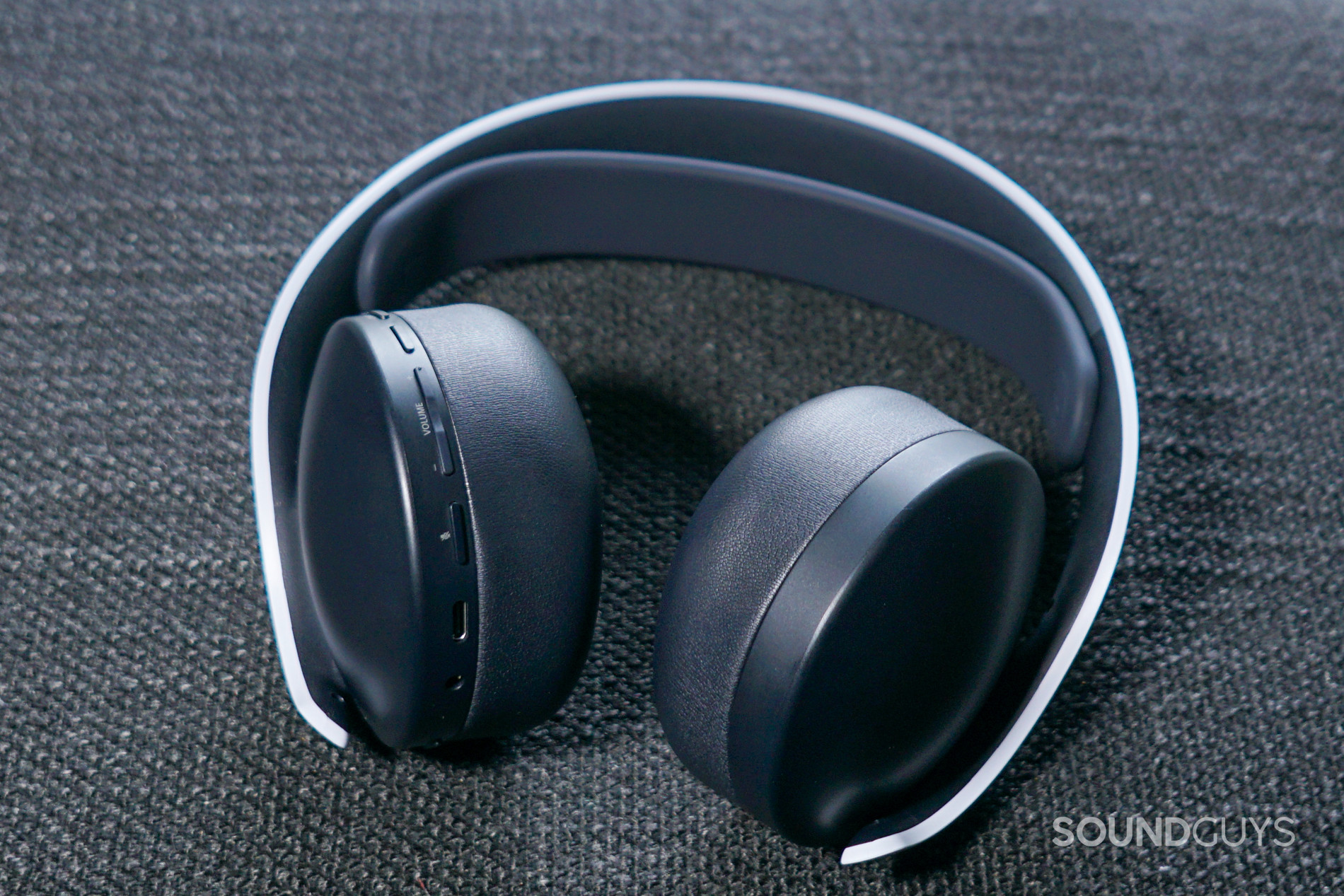
The Sony PULSE 3D Wireless Headset connects to your console of choice wirelessly with a 2.4GHz wireless USB dongle. The headset also comes with a detachable 3.5mm cable which you can use once the battery runs out. This cable expands compatibility to any platform with a headphone jack including mobile devices and consoles like the Nintendo Switch and Xbox Series X (through the controller). Just like the name suggests, it works well with Sony’s console too.
How is the battery life of the Sony PULSE 3D Wireless Headset?
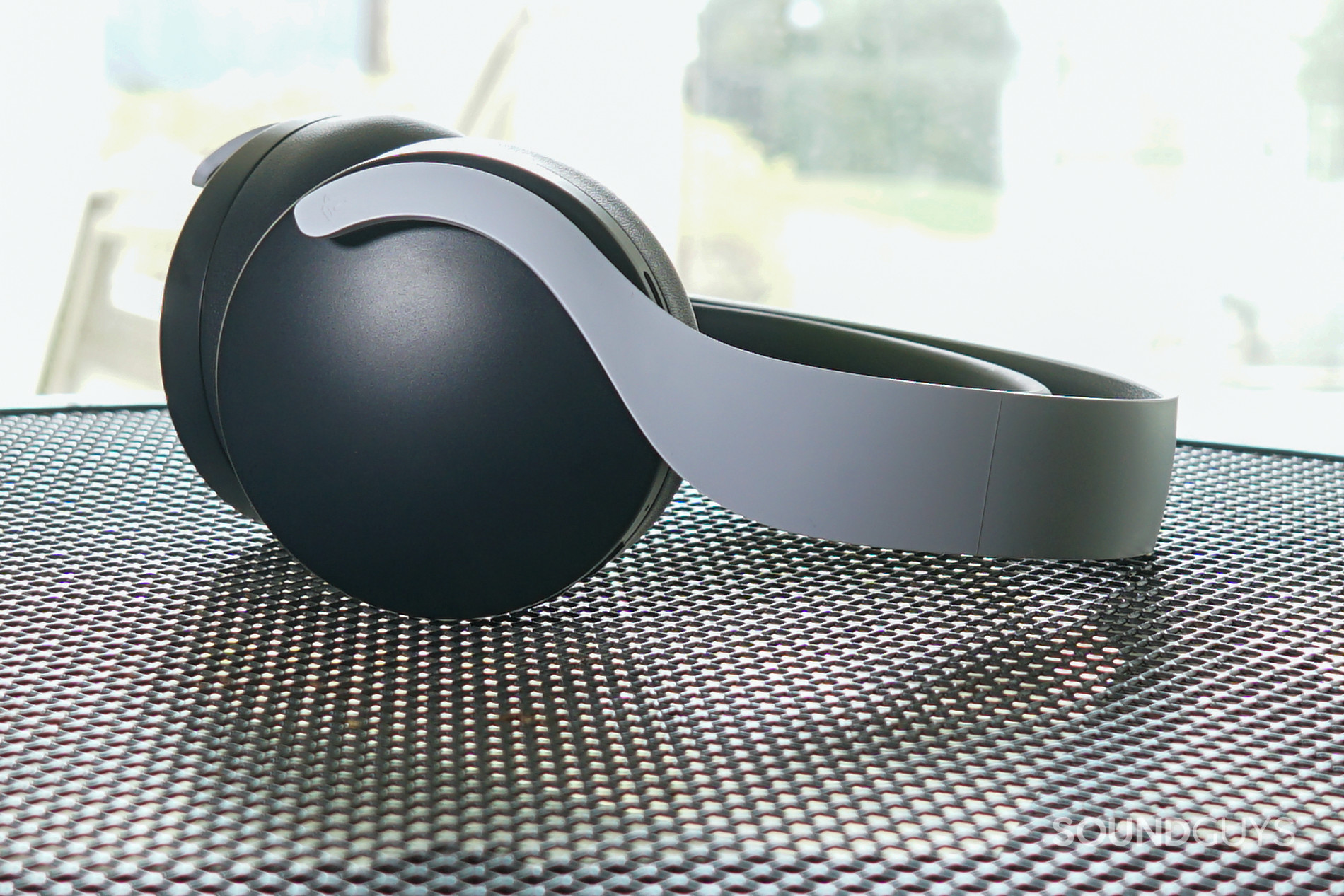
According to Sony, the PULSE 3D Wireless Headset offers up to 12 hours of playback on a single charge, and in our testing we found the headset actually exceeds that, though not by all that much. Playing audio at a consistent output of ~75dB, this headset lasts 13 hours, 24 minutes. Battery performance like this is pretty low for a gaming headset—headsets of similar prices frequently pass 24 hours of playtime, and sometimes even crack 30 hours. You can always use the 3.5mm connection when your battery runs out, at least.
How is the Pulse 3D Wireless Headset at isolating sound?
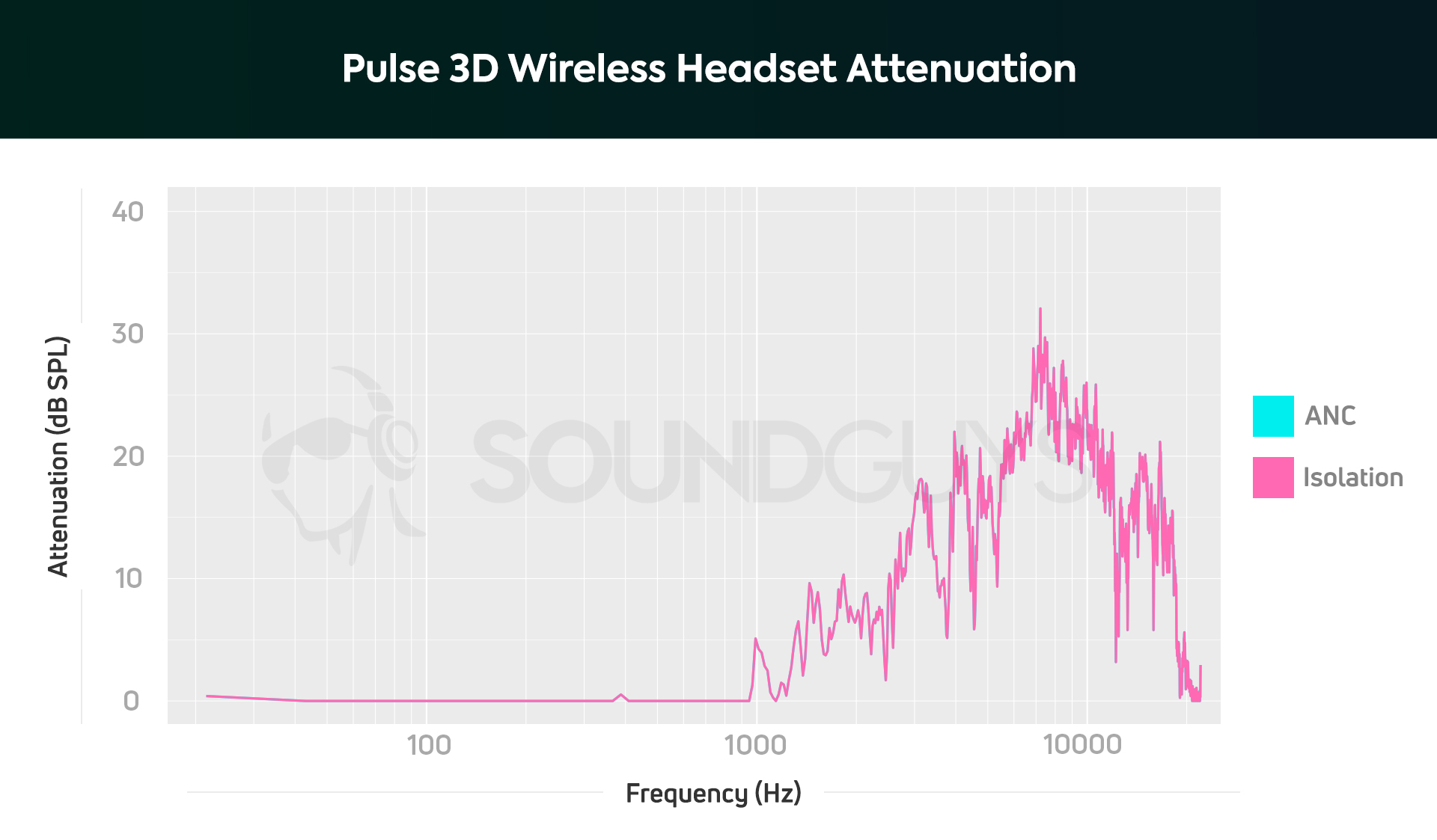
There are no two ways about it: the Sony PULSE 3D Wireless Headset has bad isolation. Whether you get a decent seal or not, don’t expect this headset to block out much. If your home environment is pretty quiet, that may not be a big deal—it might even be nice to know you probably won’t miss any doorbells wearing this. People in louder environments will have to crank up the volume to drown out outside noise; and folks, that’s how you get ants noise-induced hearing loss.
This is especially a shame, given that the PULSE 3D lacks a boom microphone and a lot of gaudier design flourishes found in other gaming headsets—two aspects that often draw unwanted attention when using it outside the home. If the isolation was better, this could be a decent 3.5mm pair of headphones to bring to a cafe (if you live somewhere you can still do that).
How does the Sony PULSE 3D Wireless Headset sound?
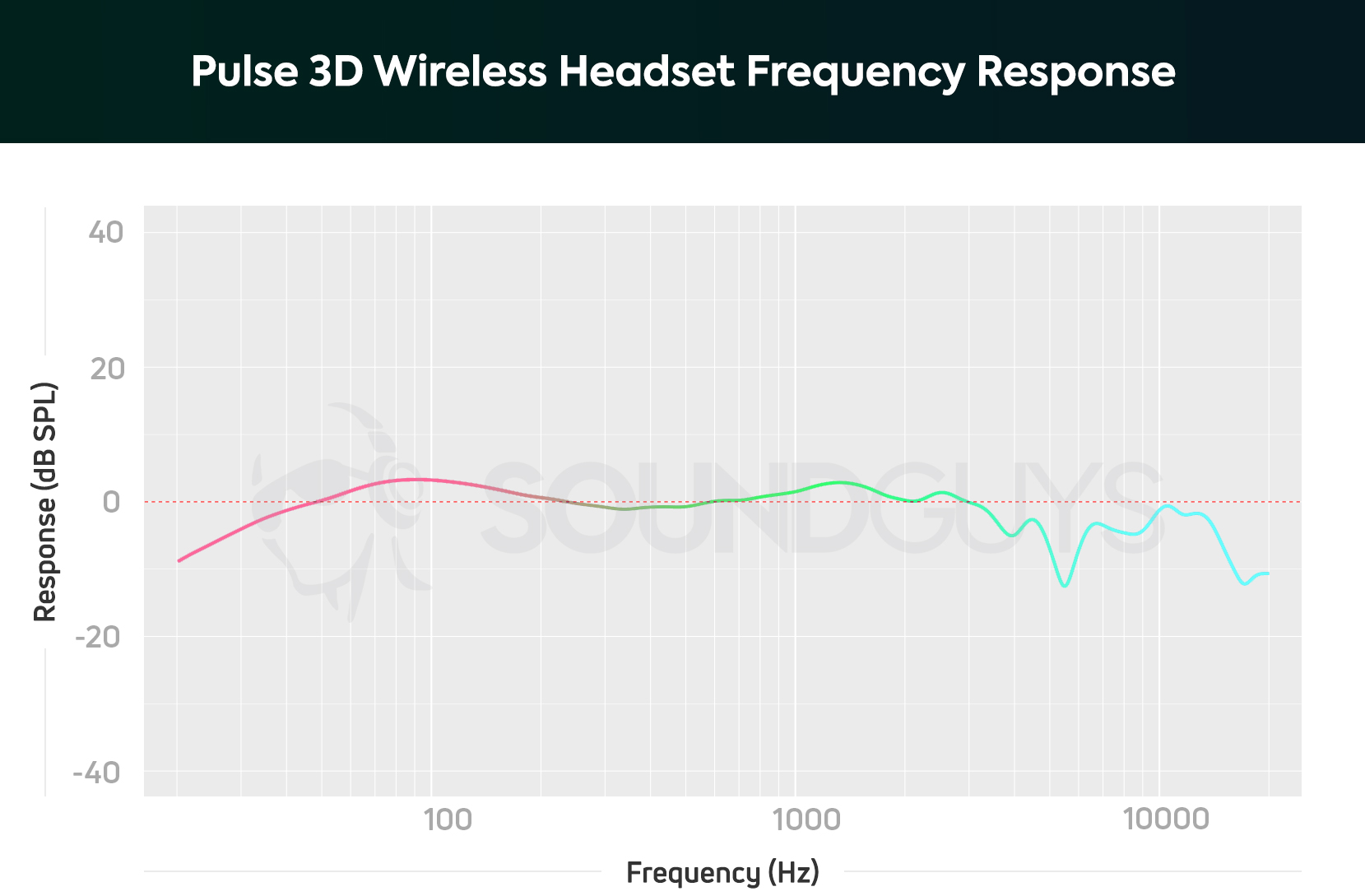
The Sony PULSE 3D Wireless Headset features pretty accurate audio output for a gaming headset, with a few exceptions. There’s a boost in bass range sound around 100Hz, but it’s not as severe as many gaming headsets, and the slight bump in the mid-range from 1-2kHz keeps sounds from getting lost due to auditory masking, when a loud sound makes a quieter one harder to hear. Unfortunately, the de-emphasis across the high range means some masking is pretty likely nonetheless.
In music, frequency response like this means the sounds of cymbals and some strings may be hard to hear in songs that feature intense bass. However, genres like EDM should sound great. Most of the funky instrumental parts come through clearly in Know That I Know by Lake Street Dive, but the higher pitched guitar strumming and plucking that punctuates a lot of the song often gets lost when you’re listening with the Sony PULSE 3D Wireless Headset.
When you’re gaming, a frequency response like this shouldn’t get in the way of much. You may find that the rumble of grenades and gunfire makes things like footsteps and speech a little harder to hear, but not so much that it makes a big difference. When things get frantic, you probably won’t even notice.
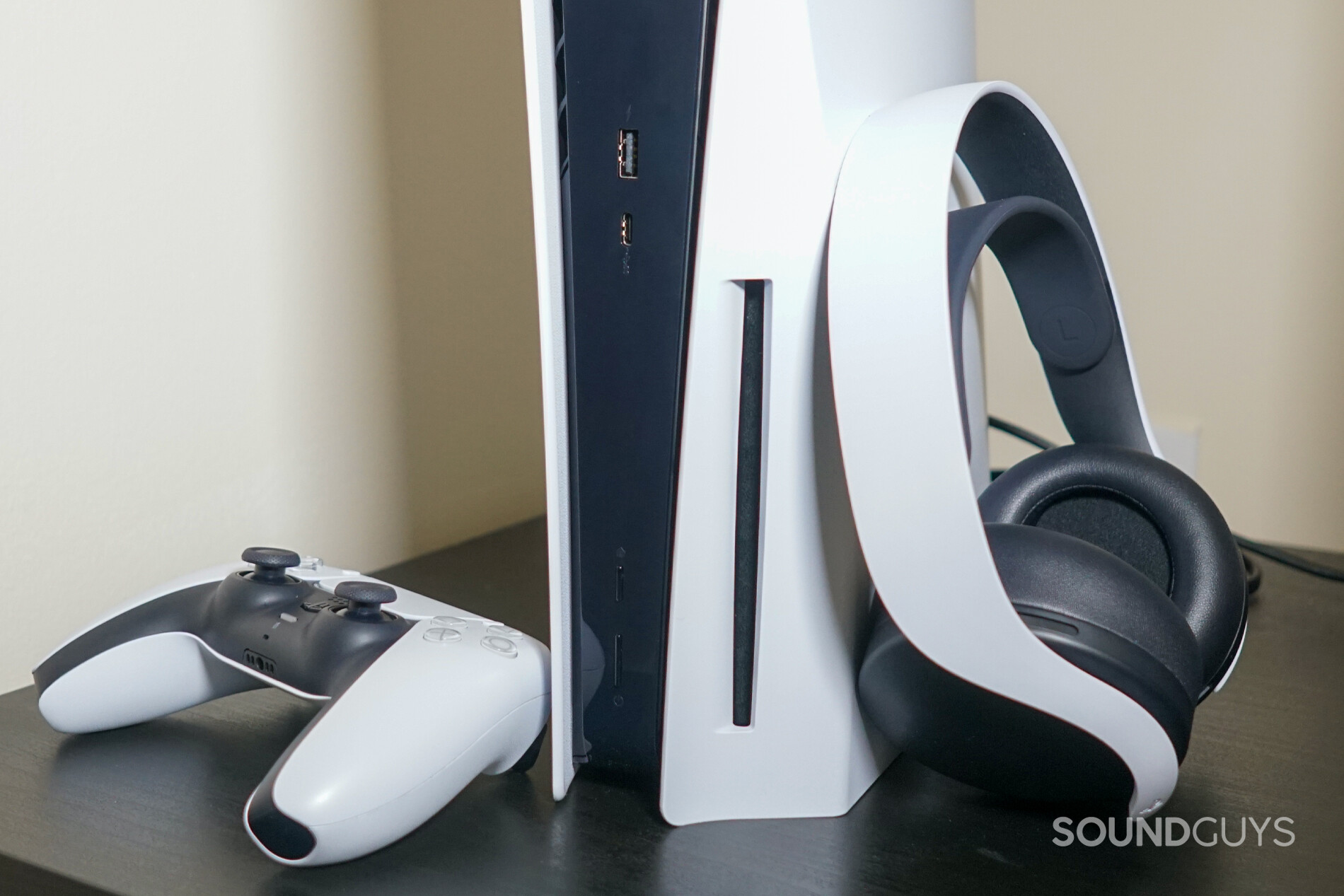
The headset handles the varied soundscape of Marvel’s Spider-Man: Miles Morales very well—that includes the console’s 3D audio feature. It actually feels rather odd that the headset is named after this feature, as it’s hardly exclusive to the PULSE 3D, and other compatible headsets use it just as well. Part of the appeal of the PlayStation 5 Tempest audio processor is that it works with most gaming headsets without issue.
Marketing considerations aside, this is an able gaming headset on consoles. It feels a little awkward on PC, given how it lacks the same degree of audio control. Nevertheless, stereo experiences like Risk of Rain 2 and Apex Legends were totally fine.
How is the microphone on the Sony PULSE 3D Wireless?
The Sony PULSE 3D Wireless Headset microphone features a pretty sizeable improvement in overall sound quality to the PlayStation Gold Wireless Headset, but most people would probably struggle to say it sounds all that good. The microphone features the typical drop-off in bass response meant to combat the proximity effect, where the bass in a speaker’s voice blows everything out when too close to the mic. It also boosts mids and highs, which is great for making sibilant sounds (F, S, and SH sounds) come through more clearly.
However, this is still an embedded microphone. It suffers from the same hollow and slightly muffled sound as most embedded microphones, and there’s no way to fix that. There are plenty of gaming headsets with better microphones. Listen for yourself:
How does the microphone sound to you?
Should you buy the Sony PULSE 3D Wireless Headset?
If you just must get something that matches your PlayStation 5, you should consider the Sony PULSE 3D Wireless Headset, but it’s not your only option.
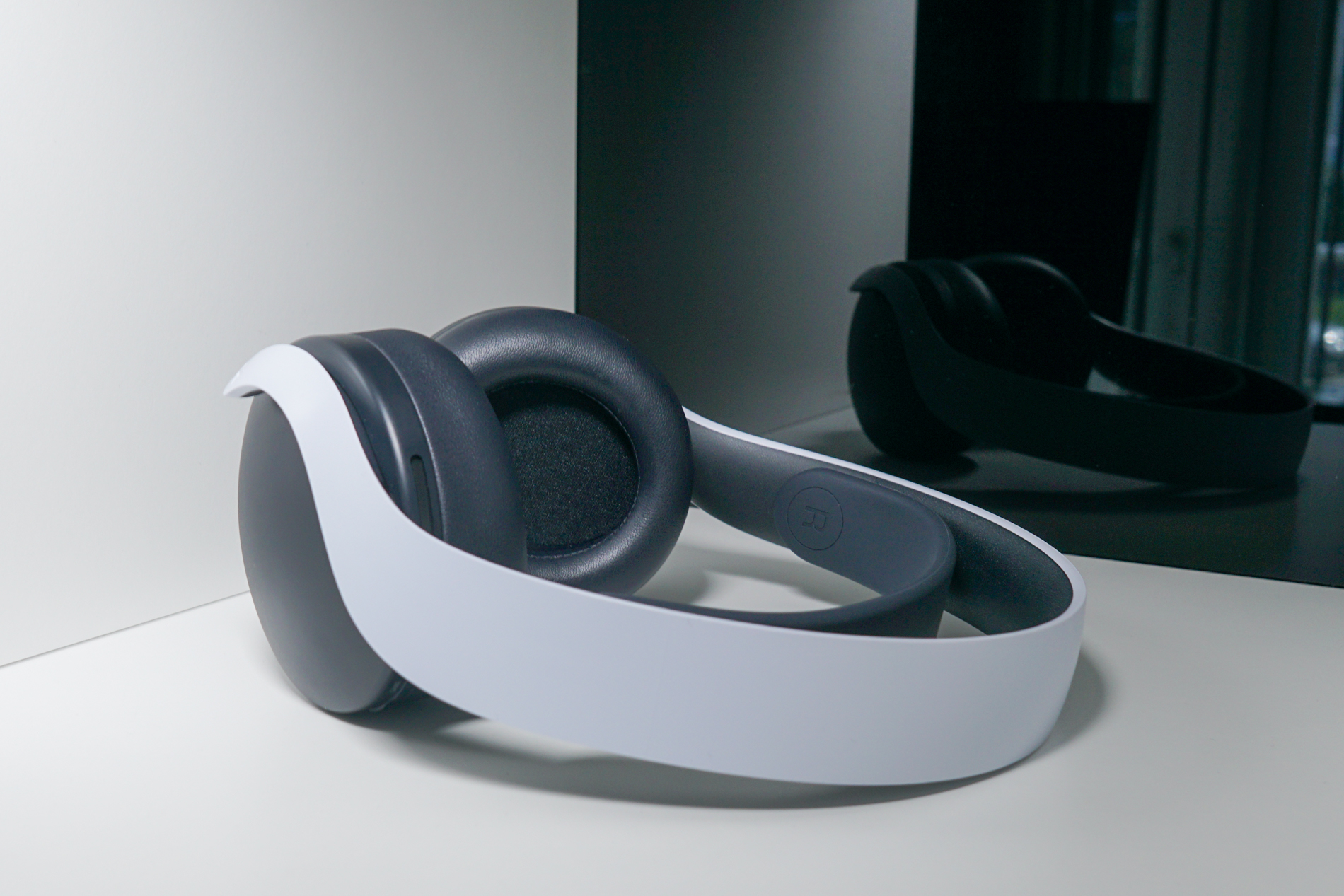
The Sony PULSE 3D Wireless Headset is a good gaming headset. It represents a notable improvement over the PlayStation Gold Wireless Headset, with a much better microphone and build that’s more comfortable for more people. However, compared to most gaming headsets worth their salt, this one just doesn’t hold up all that well.
The Sony PULSE 3D Wireless Headset might be an improvement, but when it’s got more competition than just something as deficient as its predecessor. Gaming headsets have come a long way in the last few years, and this one just doesn’t quite measure up.

What should you get instead of the PULSE 3D?
Pretty much everything the PULSE 3D does is done better by many other headsets. The microphone is improved, but it’s still not all that good. The battery life is totally unimpressive—it offers a fraction of what wireless gaming headsets like the HyperX Cloud Alpha Wireless or SteelSeries Arctis 7+ can reach. Those two headsets are considerably more expensive than the Pulse 3D, but even more budget-friendly options like the Razer Barracuda X will cover your needs much more adeptly.
While there’s nothing terribly wrong with the headset’s audio output, plenty of gaming headsets are more accurate for the same amount of money—the Turtle Beach Stealth 600 Gen 2 springs to mind. Heck, if you just want something that visually matches the console, the SteelSeries Arctis 7P+ has that covered, and it’s pretty much better in every way. All of these headsets also support the PlayStation 5’s 3D audio feature and also work much more consistently across platforms—most gaming headsets do.
What about Sony’s new gaming headsets?
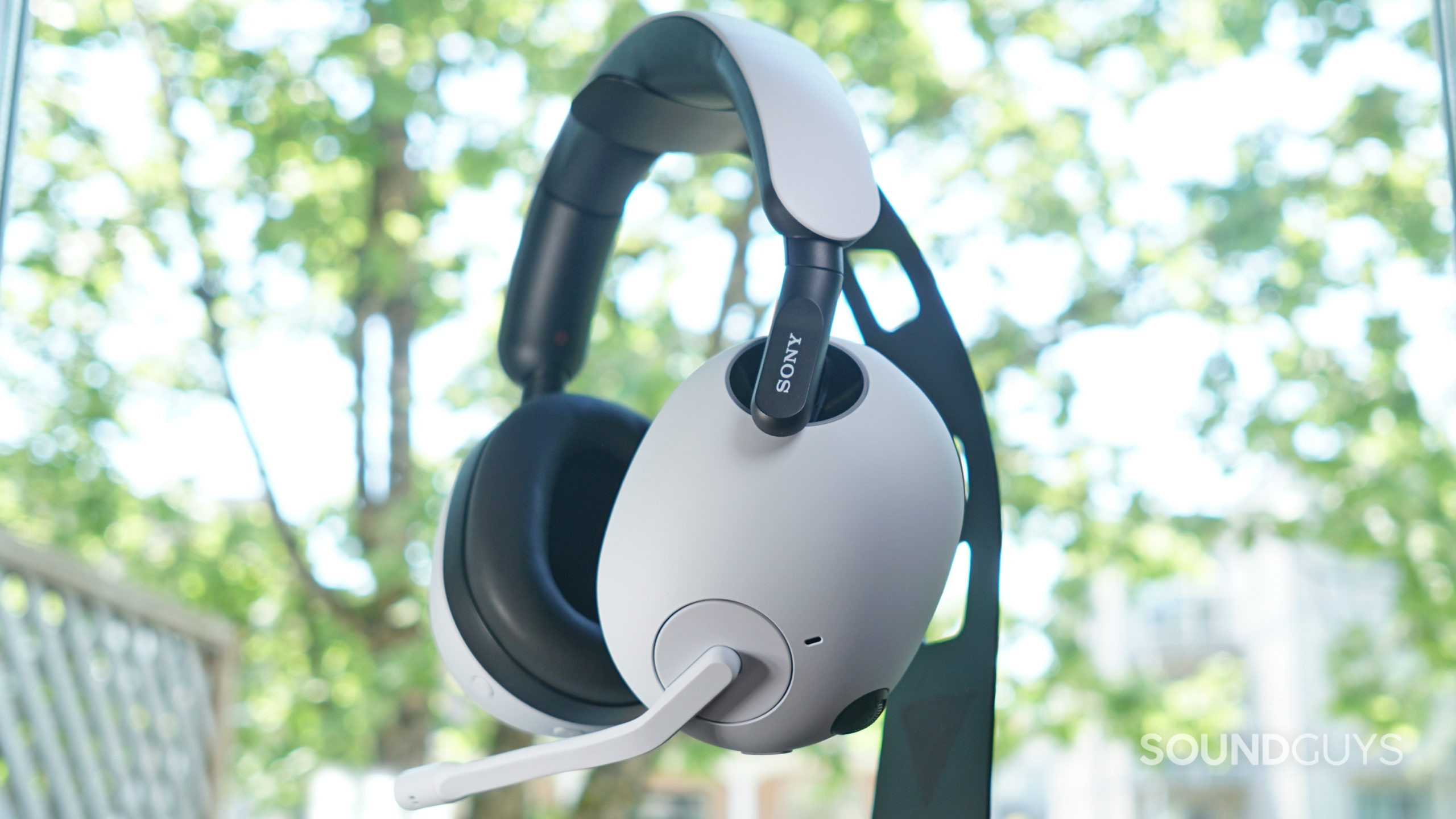
Sony recently released a line of new gaming headsets. The INZONE H9, INZONE H7, and INZONE H3 all a much more conventional aesthetic for a gaming headset, though they retain the black and white PlayStation 5-themed color scheme. These headsets can be a little hit or miss, but one thing is true for all of them—they’re all better than the Pulse 3D Headset. They’re all much more comfortable, and feature built-in boom microphones that sound much better than Pulse 3D’s embedded microphone. The INZONE H7 and INZONE H9 are wireless like the Pulse, but they feature vastly superior battery performance, as well as software that lets you EQ the headset and get firmware updates—the H9 also has ANC and Bluetooth support. The H3 is a wired headset that uses 3.5mm, which might be a bummer, given it’s the same price as the Pulse, but a 3.5mm connection means the headset will work everywhere, including Xbox consoles and the Nintendo Switch.
The only true drawback for these headsets is the price. The INZONE H3 costs the same as the Pulse 3D, but the INZONE H9 costs three times as much.

Frequently asked questions about the Pulse 3D headset
Nothing about how the Pulse 3D and PlayStation 5 interact is exclusive the headset. It works well with a PlayStation 5, but so does just about every other gaming headset on the market.